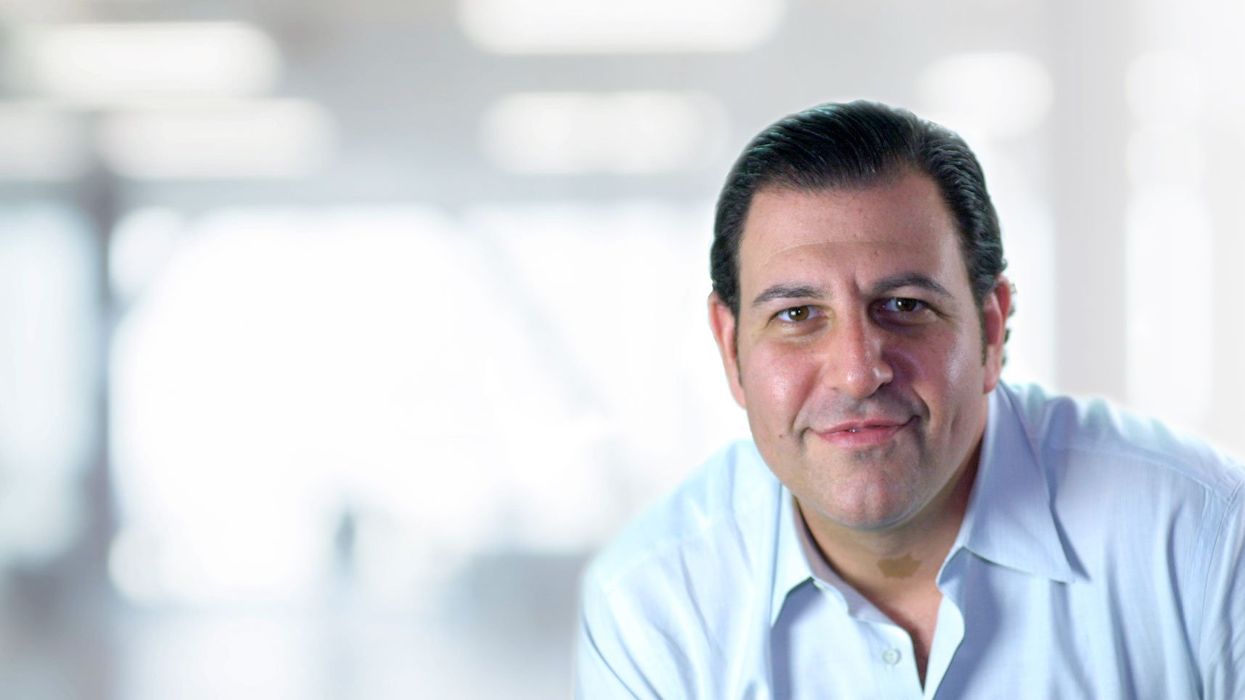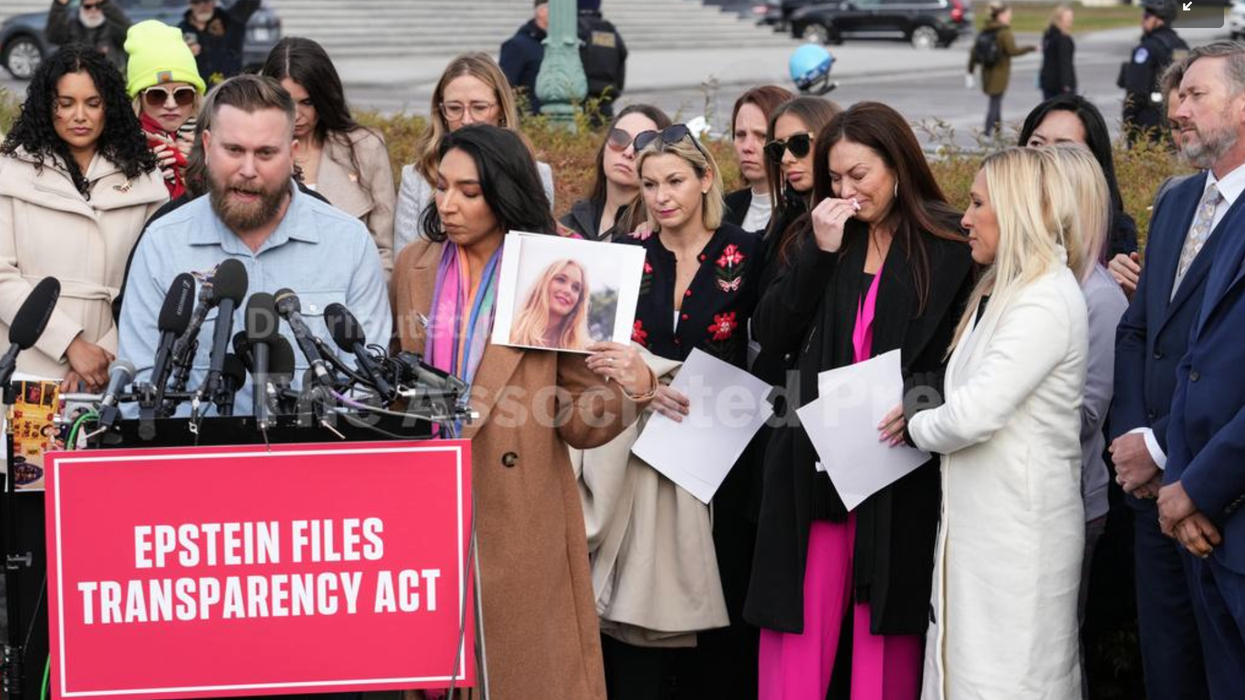Nevins is co-publisher of The Fulcrum and co-founder and board chairman of the Bridge Alliance Education Fund.
Seth David Radwell, author of “ American Schism: How the Two Enlightenments Hold the Secret to Healing Our Nation,” is an entrepreneur, business executive and recognized thought leader in consumer marketing. A common thread across all his leadership and business endeavors has been his passion for our shared democratic values and his interest in American public policy.
Until 2018, he served as the CEO of The Proactiv Company, the leading skincare brand addressing acne. Prior to that, he served as president and chief revenue officer of Guthy-Renker, the leading worldwide direct-to-consumer beauty company. In that role, Radwell led the growth of such leading brands as Proactiv Acne Solutions, Cindy Crawford’s Meaningful Beauty, IT Cosmetics, Wen Hair Care by Chaz Dean and Crèpe Erase.
Radwell previously served as president of e-Scholastic, the digital arm of the global children’s publishing and education company. In prior roles, Radwell was president of Bookspan/Bertelsmann, the premier direct marketer of general interest and specialty book clubs such as Book of the Month Club, Doubleday Book Club and Literary Guild. He was also senior vice president of content for Prodigy Services Company, where he pioneered new ecommerce revenue streams for the online service business. Prior to his days in ecommerce and the internet, Radwell spent six years with the management consulting firm McKinsey & Company.
Radwell received a master’s degree in public policy from Harvard University’s Kennedy School of Government. He holds a bachelor of arts degree (summa cum laude) from Columbia College at Columbia University.
I had the wonderful opportunity to interview Radwell a few weeks ago for the CityBiz “Meet the Change Leaders” series. Watch to learn the full extent of his democracy reform work:



















